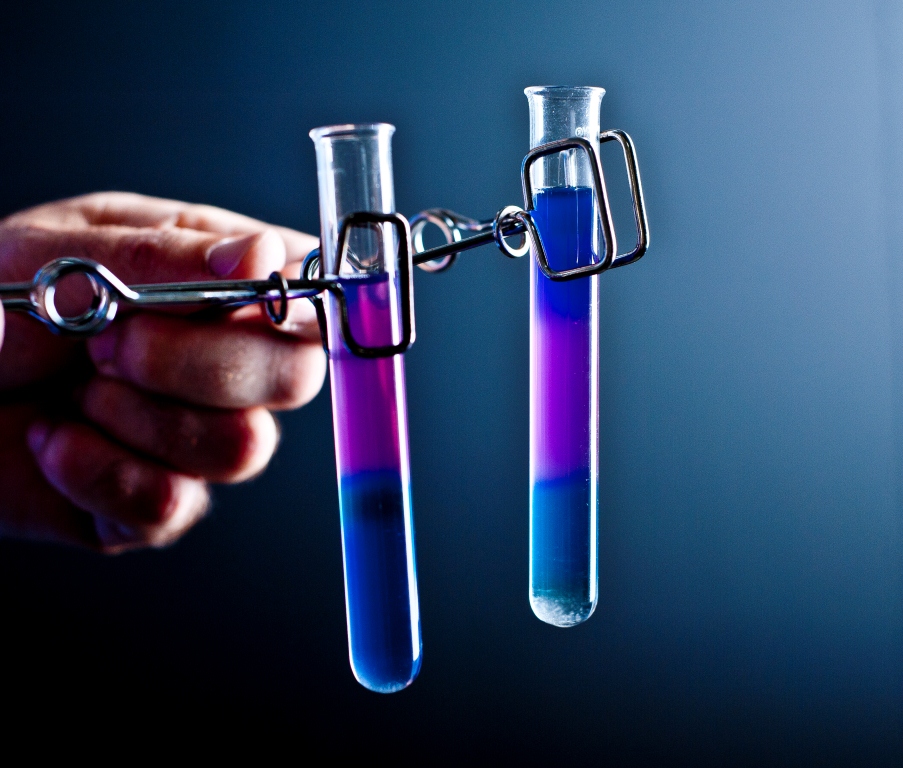Donegal people and our not so near neighbours from Iceland could well be cousins!
A study led by experts in human genetics at the Royal College of Surgeons in Ireland and the University of Edinburgh in Scotland reveals a strong genetic connection between Icelanders and residents of Donegal and the western isles of Scotland.
The research project, published in the current edition of the journal, Proceedings of the National Academy of Science, sheds light on the Gaelic component to the Icelandic gene pool and has also found strong genetic connections between the Scots and Norse Vikings.
Researchers investigated the DNA of more than 2,500 individuals with extended ancestry from specific regions across Great Britain and Ireland, with a specific focus on Scotland. The new data from Scotland means this is the first time the genetic map of Britain and Ireland can be seen in its entirety, researchers say.
The study compared the genomes of ancient Gaels buried in Iceland to the modern genetic diversity of Britain and Ireland. The comparison showed that these ancient settlers in Iceland shared the greatest genetic affinity with those on the western Isles of Scotland and the North-West of Ireland.
The map reveals that Scotland is divided into at least six clusters of genetically similar individuals, who cluster together geographically – the Borders, the south-west, the north-east, the Hebrides, Orkney and Shetland.
Some of these clusters, notably those linked with the south-west and Hebrides, share particularly strong affinity with clusters of Irish ancestry.
Researchers were also able to analyse the county of Donegal in more detail than before, revealing it as the most genetically isolated region of Ireland observed to date.
“The discoveries made in this study illustrate from the perspective of DNA, the shared history of Britain, Ireland and other European regions,” said Gianpiero Cavalleri, Professor of Human Genetics at the RCSI School of Pharmacy and Bimolecular Sciences.
“People are well aware of historical migrations between Scotland and Ireland but seeing this history come alive in the DNA is nonetheless remarkable.”








